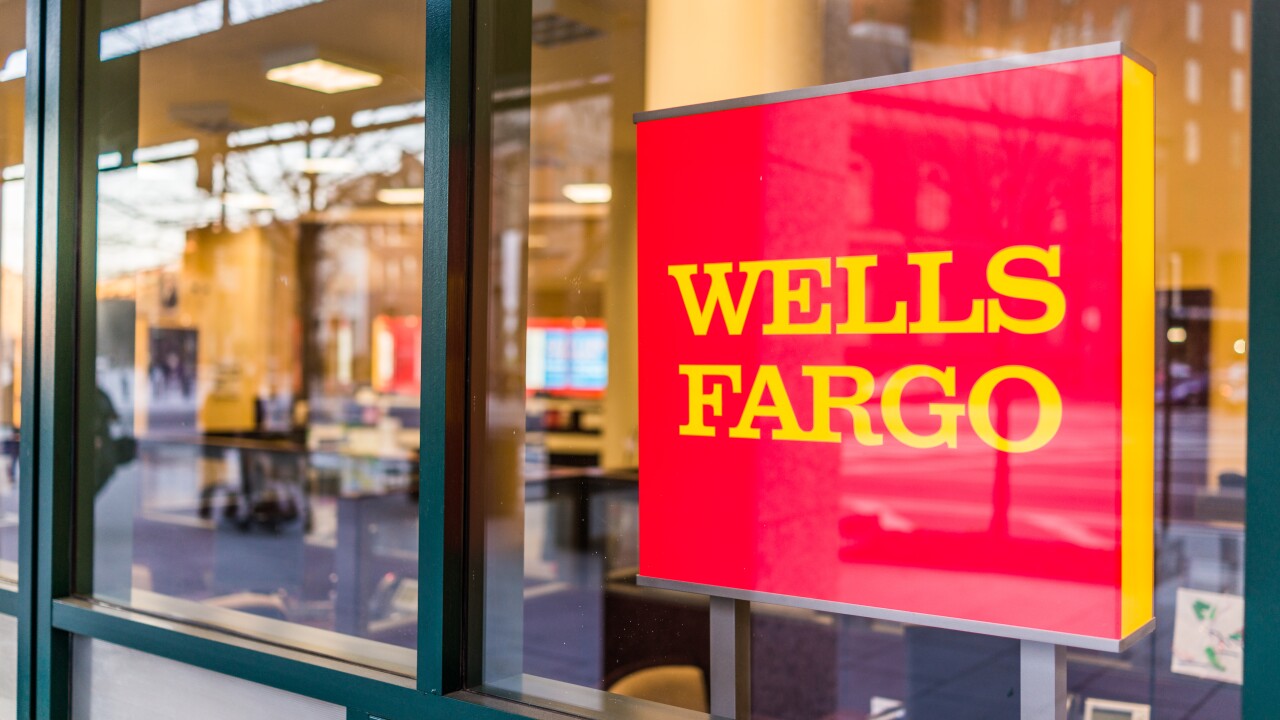At one point, investing responsibly was the realm of a small group of pious foundations and individuals who eschewed the sin stocks of tobacco, alcohol and gambling companies. Today, mounting research shows that sustainable, responsible and impact investing is fast becoming mainstream.
Between 2012 and 2014, SRI assets under management in the U.S. grew 76%, to $6.57 trillion from $3.74 trillion, according to a report from the Forum for Sustainable and Responsible Investment. That 2014 total represents assets invested by 480 institutional investors, 308 money managers and 880 community institutions that apply various environmental, social and governance criteria to their investment choices.
On an individual level, women and millennialsaka your clients children and future recipients of the estimated $30 trillion to $60 trillion in wealth accumulated by baby boomershave driven the trend. More than a quarter of investors under the age of 45, which includes millennials and most Gen Xers, devote at least 25% of their assets to socially responsible companies, as do 21% of female investors, according to a recent report from Spectrem Group. And lest you assume that only the ultrawealthy care about investing for impact, Spectrems survey included 3,070 investors at all levels of wealth, down to those with $100,000 in assets.
Surya Kolluri, a managing director at Bank of America Merrill Lynch, who oversees the companys ESG strategy, says his firms findings point to widespread demand as well. In our customer research, which weve done for several years now, weve identified an interest in impact-oriented investing across all wealth segments, he says.
This demand has asset management and mutual fund companies paying attention. ESG options across asset classes, including public and private equity, fixed income and alternatives, have steadily increased, and entire allocations can now be constructed for investors concerned about issues such as climate change, workers rights and executive compensation.
As of 2014, there were 456 mutual funds with $1.9 trillion in assets (and 20 ETFs with $3.5 billion) incorporating ESG criteria, up from 333 mutual funds with $641 billion in assets in 2012, according to the Forum for Sustainable and Responsible Investment.
This new demand brings with it the new SRI conundrum for advisors: sifting through the vast array of options to meet client demand.
Indeed, a bank advisor who deals largely with affluent and mass-affluent clients is faced with choosing from an overwhelming number of funds for clients with diverse and sometimes competing priorities, says Valery McMann, an advisor with FNB Investment Services.
With the mutual funds, what I find really difficult is whats socially responsible for one person might not be socially responsible to another. And as an advisor, I can choose to be very well versed in a few mutual fund companies, but I cant be well versed in all the funds out there.
This could all be viewed as simply part of the disciplines evolution. In the past, socially responsible investing meant a portfolio manager used little more than negative screening techniques to avoid certain companies, and clients often forfeited returns for their cause.
Now, asset managers integrate industry-specific factors into the fundamental research process and actively seek out companies that do right by the environment, their workers and their investors. And some research even suggests that far from hampering returns, this could even help boost performance results.
Indeed, according to research by Allianz, between 2006 and 2010, investors could have added an additional 1.6% a year to their investment returns by allocating to portfolios that invest in companies with above-average ESG ratings.
As more banks and broker-dealers develop and refine ESG platforms, those platforms should become easier to navigate.
Case in point: BAML launched its ESG strategy in 2013 and now offers 180 mutual funds and ETFs though its Merrill Lynch Wealth Management unit, which serves clients with at least $250,000 in investable assets, and more than 100 such options through its Merrills Edge platform, for clients with less than $250,000. Knowing that sorting through all of those choices can prove challenging, the bank recently began offering its MLWM advisors and their clients a series of five, multi-asset ESG portfolios, made up of a select group of mutual funds and ETFs. The portfolios, which range from conservative to aggressive in risk tolerance, meet both financial and ESG hurdles set by a team of the banks strategists and will seek to deliver a competitive risk-adjusted return. BAML is now developing something similar for its Merrill Edge division.
The increased ability to achieve competitive returns has been key to the growth in SRI investing.
If anything, what ESG-cognizant companies do very well is incorporate sustainable practices, meaning that you probably have less of a risk of running into corruption issues, or a massive payout to plaintiffs because of an environmental disaster with these companies, says Kei Sasaki, regional chief investment officer for the Northeast at Wells Fargo. And that speaks to the economic sustainability of a company.
Deutsche Bank researchers, whose findings were published in a 2012 report, examined roughly 100 studies on sustainable investing and found that high ESG ratings correlated with a lower cost of capital in all of them; with market-based outperformance in 89%; and with accounting-based outperformance in 85%.
With this sort of data behind it, SRI shows little sign of reversing, so advisors should start educating themselves or risk losing those next-gen clients to someone who already has.
Read more:





